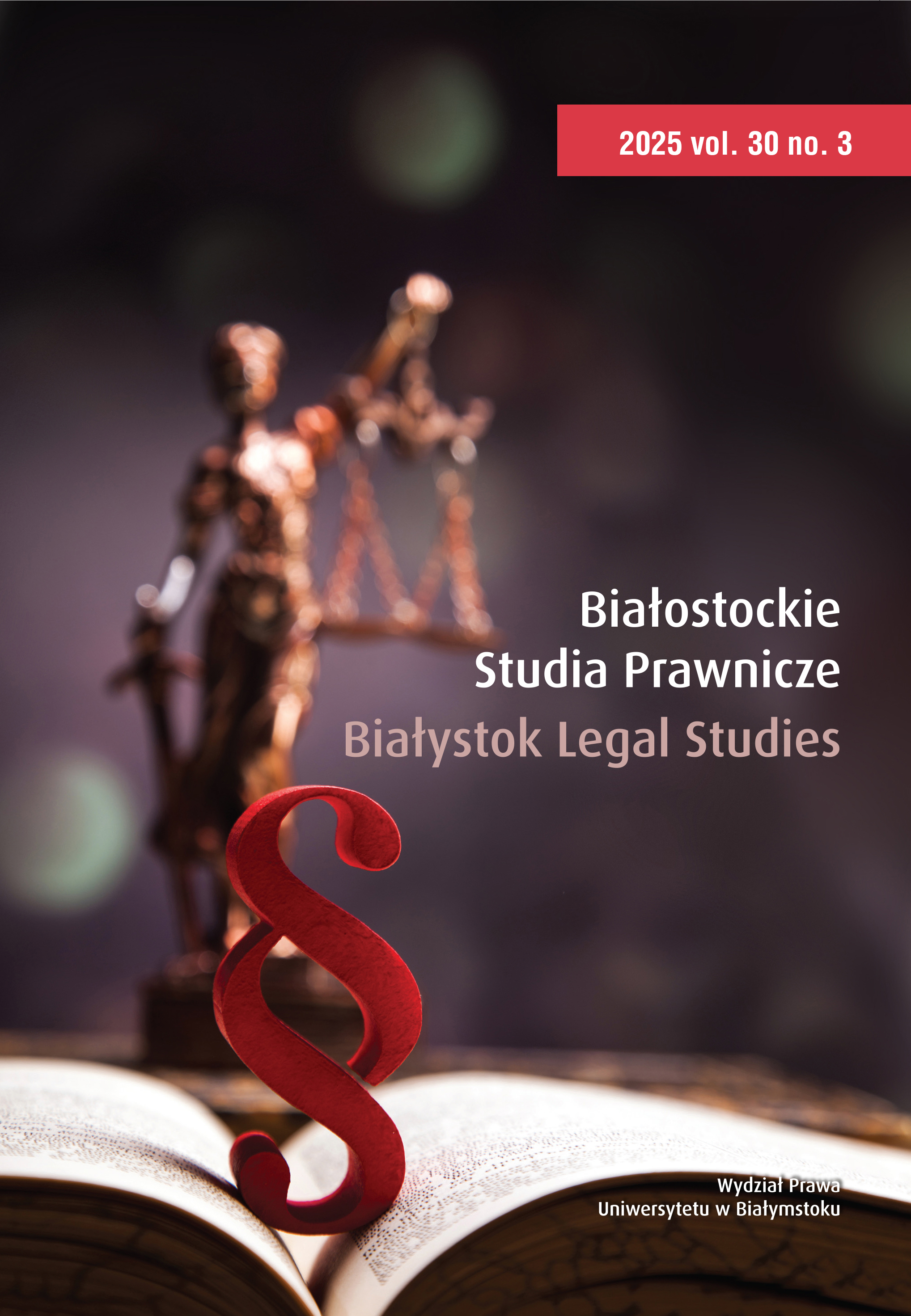The Public Administration of the Financial Market towards Innovation: Innovation Hubs, Regulatory Sandboxes and Other Special Regulatory Institutions of Innovation
Аннотация
The digitalization of products and services on the financial market creates new challenges for public authorities administering this area. Th e Polish Financial Supervision Authority (PFSA) has been legally obliged to take care of the security of the market and at the same time support the innovation of it. Currently, innovation is strongly related to digitalization. Th is means that the PFSA has had to fi nd legal and organizational solutions to fulfi l these obligations. Th is article presents an argument indicating the contradiction between security and innovation. It then discusses solutions that allow the maximization of both security and innovation in the fi nancial market. Th ese solutions were developed in the administrations of highly developed fi nancial markets and have already been transferred or can be transferred to the practice of the PFSA. On the basis of the British solutions, the article gives the examples of and discusses the most important solutions, collectively referred to as special regulatory institutions for innovation, i.e. innovation hubs, regulatory and digital sandboxes and innovation pathways.Библиографические ссылки
Allen, H. J. (2019). Regulatory Sandboxes, Th e George Washington Law Review, 87(3), 579‒645.
Basel Area Business & Innovation Agency. Th e 6 stages of a startup (and how to master each), https://baselarea.swiss/knowledge-hub/6-startup-stages/ (dostęp: 10.09.2024 r.).
Będkowski-Kozioł, M. (2022). Piaskownice regulacyjne w energetyce – kilka uwag w odniesieniu do projektowanych rozwiązań prawnych, Energetyka rozproszona, (7), 19‒27.
Bromberg, L., Godwin, A. & Ramsay, I. (2017). Fintech sandboxes: Achieving a balance between regulation and innovation, Journal of Banking and Finance Law and Practice, 28(4), 314‒336.
Brown, E. & Piroska, D. (2021). Governing Fintech and Fintech as Governance: Th e Regulatory Sandbox, Riskwashing, and Disruptive Social Classifi cation. New Political Economy, 27(1), 19‒32.
Brunner, G., Hinz, R. & Rocha, R. (2008). Risk-Based Supervision of Pension Funds: A Review of International Experience and Preliminary Assessment of the First Outcomes, Th e World Bank Policy Research Working Paper, nr 4491.
Fahy, L. A. (2022). Fostering regulator-innovator collaboration at the frontline: A case study of the UK’s regulatory sandbox for fi ntech, Law & Policy, 44(2), 162‒184.
Fal, K. (2022). Instytucja piaskownic regulacyjnych jako instrument wspierający innowacyjność gospodarek, Przegląd Ustawodawstwa Gospodarczego, nr 10, 36‒45.
Faykiss, P., Papp, D., Sajtos P. & Toros, A. (2018). Regulatory Tools to Encourage FinTech Innovations: Th e Innovation Hub and Regulatory Sandbox in International Practice, Financial and Economic Review, 17(2), 43‒67.
Fedorowicz, M. & Zalcewicz, A. (2024). Challenges Posed to the EU Financial Market by the Implementation of the Concept of Sustainable Financing, Białostockie Studia Prawnicze, 29(1), 47‒59.
Hrabčák, L. & Štrkolec, M. (2024). EU Regulation of the Crypto-Assets Market, Białostockie Studia Prawnicze, 29(1), 27‒45.
Jurkowska-Zajdler,A. & Schweigl, J. (2024). Towards the Greening of Banking: A Comparison of the Polish and Czech Financial Markets, Białostockie Studia Prawnicze, 29(1), 205–218.
Koleśnik, J. (2017). Piaskownica regulacyjna jako akcelerator innowacyjności w polskim systemie bankowym. Prace naukowe Uniwersytetu Ekonomicznego we Wrocławiu. Problemy ekonomii, polityki publicznej i fi nansów publicznych, nr 475, 90‒99.
Komisja Europejska. (2020). European Commission, TOOL #21. Research & Innovation, Better Regulation Toolbox; European Commission; 6783/20 (COM (2020)103).
Madiega, T. & van de Pol, A. L. (2022). Artifi cial intelligence act and regulatory sandboxes, Parlament Europejski.
Marchewka-Bartkowiak, K. (2019). Regulacyjne środowisko testowe (regulatory sandbox) – doświadczenia i perspektywy, Studia BAS, nr 1, 61–75.
McCarthy, J. (2023). From childish things: the evolving sandbox approach in the EU’s regulation of fi nancial technology, Law, Innovation and Technology, 15(1), 1‒24.
Nadolska A. (2011). Model nadzoru opartego na ocenie ryzyka na przykładzie doś wiadczeń Financial Services Authority w ramach struktury ARROW, Monitor Prawa Bankowego, nr 6, 51–62.
Parenti, R. (2020). Regulatory Sandboxes and Innovation Hubs for FinTech. Impact on innovation, fi nancial stability and supervisory convergence. European Parliament, Policy Department for Economic, Scientifi c and Quality of Life Policies Directorate, General for Internal Policies.
Rada Unii Europejskiej. (2020). Council Conclusions on Regulatory sandboxes and Experimentation Clauses as tools for an innovation-friendly, future-proof and resilient regulatory framework that masters disruptive challenges in the digital age, 23.12.2020 (2020/C 447/01).
Parlament Europejski i Rada Europejska. (2024, 13 czerwca). Rozporządzenie Parlamentu Europejskiego i Rady (UE) 2024/1689 z dnia 13 czerwca 2024 r. w sprawie ustanowienia zharmonizowanych przepisów dotyczących sztucznej inteligencji oraz zmiany rozporządzeń (WE) nr 300/2008, (UE) nr 167/2013, (UE) nr 168/2013, (UE) 2018/858, (UE) 2018/1139 i (UE) 2019/2144 oraz dyrektyw 2014/90/UE, (UE) 2016/797 i (UE) 2020/1828 (akt w sprawie sztucznej inteligencji); Dziennik Urzędowy Unii Europejskiej 2024/1689.
Sejm Rzeczypospolitej Polskiej. (2009). Ustawa z dnia 21 lipca 2006 r. o nadzorze nad rynkiem finansowym (t.j. Dz.U. z 2024 r. poz. 135 ze zm.).
Simons & Simons. (2023). Informacja prasowa Th e EU pharmaceutical package: Th e regulatory sandbox, 22 maja 2023; www.simmons-simmons.com/en/publications/clhyv2edp000cuvpkmf66sbru/the-eu-pharmaceutical-package-the-regulatory-sandbox.
Szpringer, W. (2018). Nowe technologie a sektor fi nansowy. Fintech jako szansa i zagrożenie, Poltext.
Urząd Komisji Nadzoru Finansowego. (2020). Regulamin udziału w testach w środowisku Piaskownicy Wirtualnej Urzędu Komisji Nadzoru Finansowego.
Urząd Komisji Nadzoru Finansowego. (2021). Strategia Urzędu Komisji Nadzoru Finansowego na lata 2021‒2025.
Urząd Komisji Nadzoru Finansowego. (2024). Sprawozdanie z działalności Urzędu Komisji Nadzoru Finansowego oraz Komisji Nadzoru Finansowego w roku 2023.
www.fca.org.uk
www.knf.gov.pl
Wyderka, K. (2023). Piaskownica regulacyjna jako instrument wspierania innowacji w zakresie sztucznej inteligencji, Prawo Mediów Elektronicznych, nr 2, 4‒13.
Zetzsche, D. A., Buckley, R. P., Barberis, J. & Arner, D.W. (2017). Regulating a Revolution: From Regulatory Sandboxes to Smart Regulation, Fordham Journal of Corporate & Financial Law, 23(1), 31‒103.



